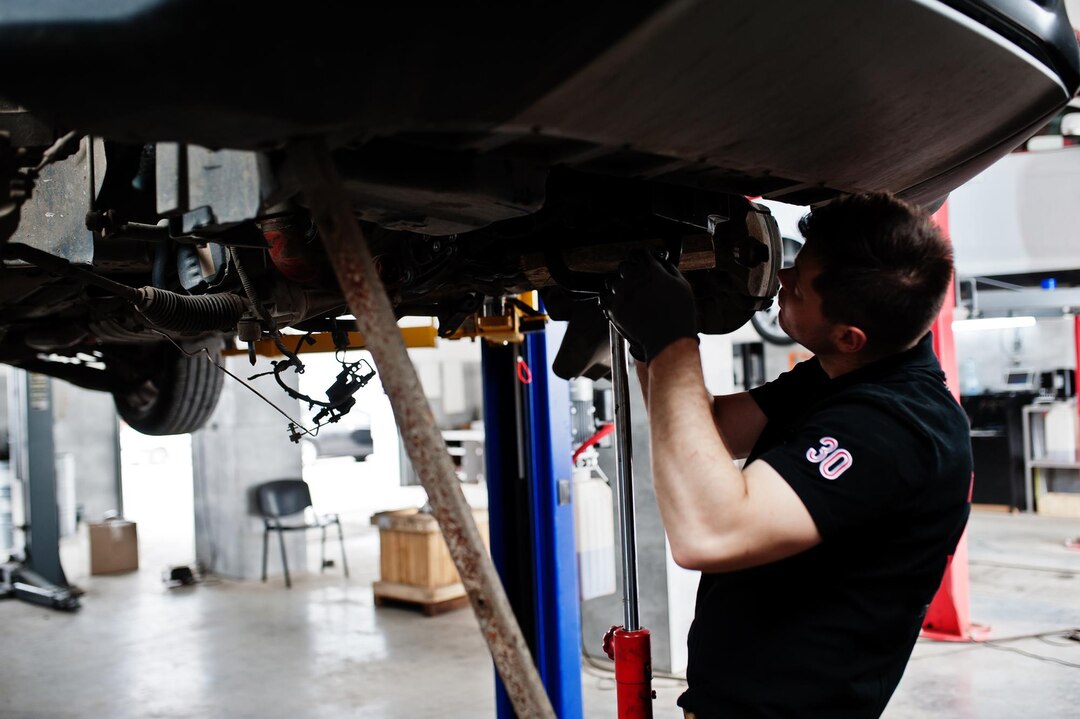The struts in your car play a critical role in providing stability, control, and comfort while driving. Over time, however, these essential components can wear out, leading to decreased performance and compromised safety. It’s essential to recognize the signs that your car struts may need replacement to ensure the continued safety and efficiency of your vehicle. Here are ten signs to watch out for:
1. Excessive Bouncing:
One of the most noticeable signs that your car struts need replacement is excessive bouncing or bouncing after hitting bumps. Worn-out struts can no longer effectively absorb shocks, resulting in a rough and bouncy ride.
2. Nose Dives When Braking:
If your car’s front end dips noticeably when braking, it could indicate worn-out struts. Healthy struts help maintain vehicle stability during braking, so any nose dives should be investigated promptly.
3. Uneven Tire Wear:
Worn-out struts can cause uneven tire wear, as they no longer keep the wheels properly aligned. If you notice excessive wear on the edges of your tires or unusual tread patterns, it may be a sign of strut issues.
4. Steering Difficulties:
Damaged or worn-out struts can affect steering responsiveness, making it feel loose or difficult to control the vehicle. If you find yourself having to exert more effort to steer, it could indicate strut problems.
5. Clunking Noises:
Strange noises, such as clunking or knocking sounds when driving over bumps or rough roads, are often a sign of worn-out struts. These noises occur as the damaged struts fail to dampen vibrations effectively.
6. Excessive Vehicle Swaying:
Worn-out struts can lead to excessive vehicle swaying or body roll, especially during turns or maneuvers. If your car feels unstable or leans excessively to one side, it’s likely due to strut issues.
7. Visible Damage:
Inspect your car’s struts visually for any signs of damage, such as leaking hydraulic fluid, dents, or rust. Any visible damage to the struts indicates a need for replacement.
8. Longer Stopping Distance:
Faulty struts can increase the distance it takes for your car to come to a stop, as they are unable to effectively control vehicle movement and weight transfer during braking.
9. Vibrations While Driving:
Worn-out struts can cause vibrations to be transmitted through the steering wheel, pedals, or seats while driving. These vibrations indicate a loss of damping ability and should be addressed promptly.
10. Age and Mileage:
Finally, consider the age and mileage of your vehicle. Most manufacturers recommend replacing struts every 50,000 to 100,000 miles, depending on driving conditions and vehicle usage. If your car has reached this milestone, it’s a good idea to have the struts inspected and replaced if necessary.
Maintaining healthy struts is crucial for the safety, stability, and performance of your vehicle. By recognizing the signs of worn-out struts and addressing them promptly, you can ensure that your car remains safe and efficient on the road. If you notice any of the signs mentioned above, don’t hesitate to have your struts inspected by a qualified mechanic and replaced if needed. Investing in new struts will not only improve your driving experience but also prolong the lifespan of your vehicle.











